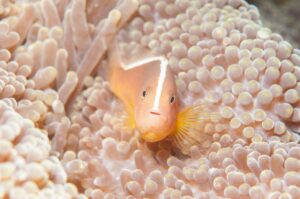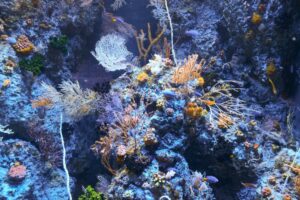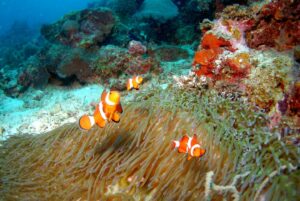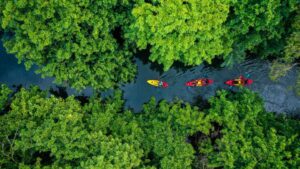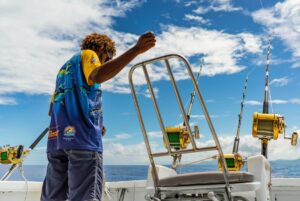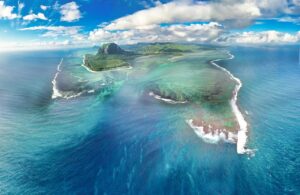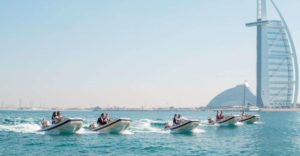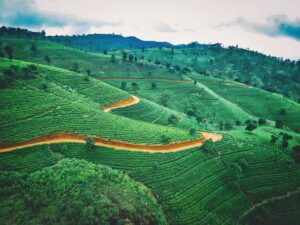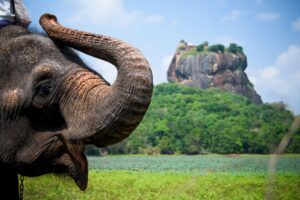Whale watching is one of the must-do during your trip to Sri Lanka. Many species come to coastal waters, so you have a chance to see blue whales, striped whales, sperm whales, killer whales, humpback whales, fin whales and others. These huge marine creatures fascinate vacationers with their size, movement and song.
Check this ultimate travel guide about whale watching in Sri Lanka and get more details about best day tours, prices, whale watching seasons and other important details for first timers.
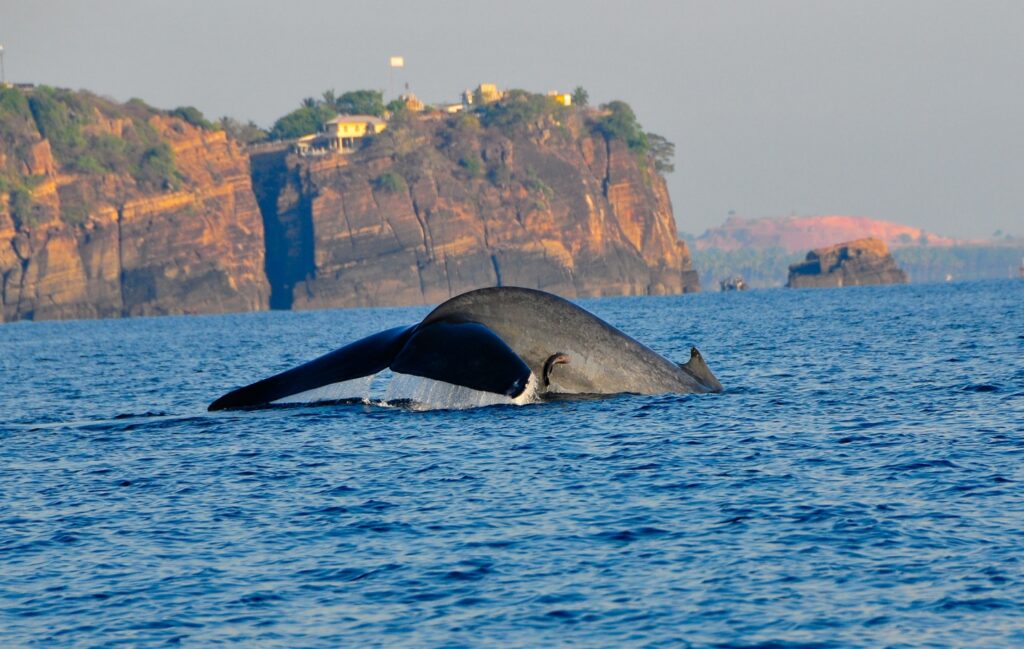
Whale Watching in Sri Lanka General Info
Whale safari in Sri Lanka resembles a chase. Tourists are driven from the coast by several boats at once. They go out into the open ocean and share the information with each other if sea giants were noticed somewhere.
As soon as the captain sees the whale, all boats move to this place. You can spend up to five hours just waiting, everything depends on your luck.
Whale Watching in Southern Sri Lanka
The southern part of Sri Lanka is ideal for those traveling to this country for a beach holiday. It is also an ideal place to experience wildlife. Here is the famous Yala Park is located, which is home to the largest number of leopards. You can also visit small Rekawa village, where you can watch turtles.
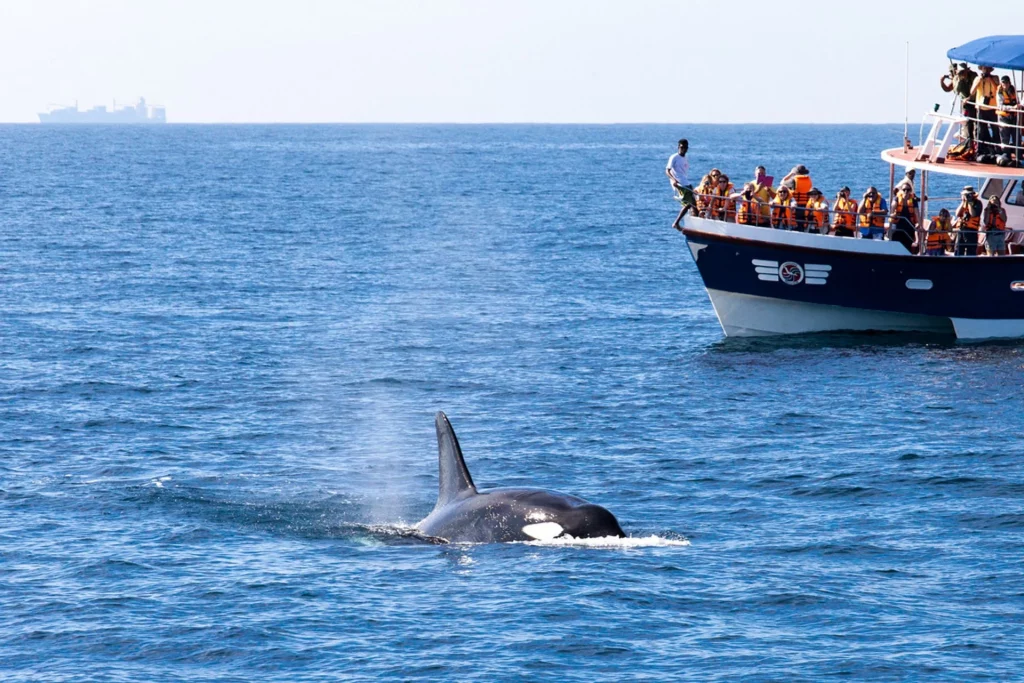
Whale Watching in Mirissa
Mirissa is one of the most popular places in Sri Lanka where tourists from all over the world come to see whales. What makes this place ideal for whale watching is its geographical location: the continental shelf here is the narrowest, and the depth reaches 1 km, so it’s enough just to move away for several kilometers from the coast.
There are many local companies that organize dolphin and whale watching tours from Mirissa. Boats of different capacities are used: starting with those that can accommodate no more than 10 passengers to ships for 50 people.
Boats mostly depart from Weligama Bay, with the first one leaves at 6.00 in the morning and spend several hours, carefully peering into the expanses of water, whether a whale will appear somewhere nearby.
The whale watching season in Mirissa is from October to March.
Be careful while choosing local company that offers whale watching tours. For example, in Mirissa it is Raja & Whales. This company has an official permission to provide such type of services and swim in the open ocean. It means that your day tour will be more comfortable and safer.
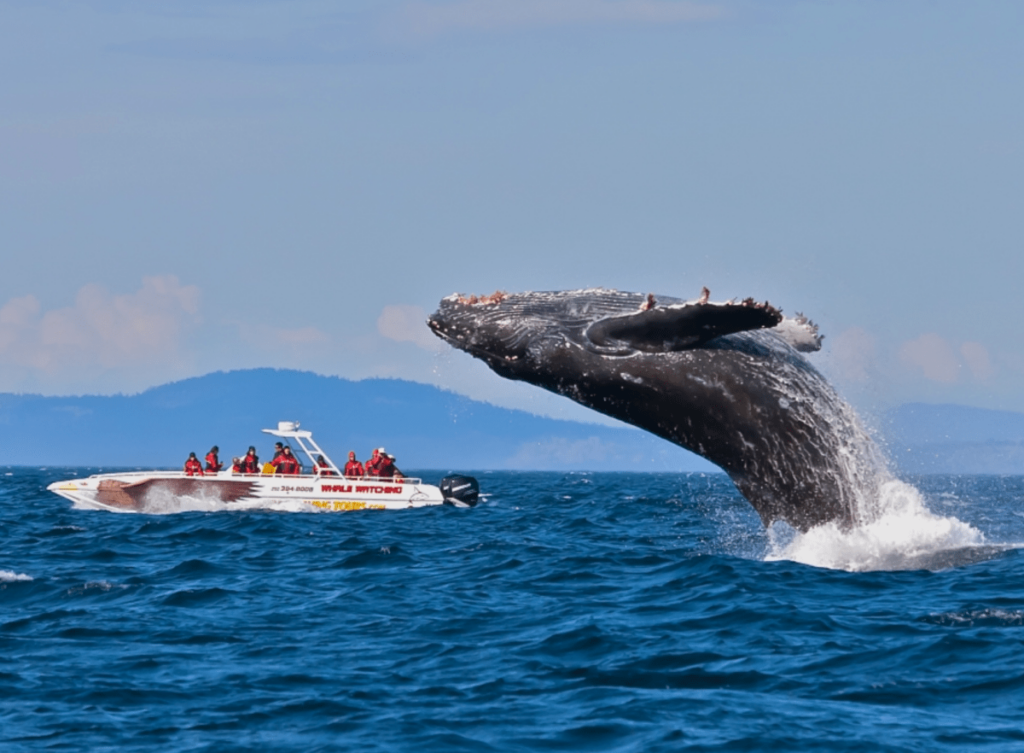
Whale Watching in Western Sri Lanka
The west of Sri Lanka is significantly differs from the south. The international airport is located here, the coast is built up with hotels and is intended for visiting a large number of tourists. Despite the fact that the western part of the country is considered more developed, there are also enough untouched places here. For example, you can visit the largest national safari park in Sri Lanka – Wilpattu. Compared to the south of Sri Lanka, the west is less popular for whale watching.
Whale Watching in Kalpitiya
Kalpitiya Peninsula, which lies north of Chilaw, is rich in beaches, lagoons and many historic buildings. Whale watching in this part of Sri Lanka began to gain popularity about 10 years ago. Sperm whales often appear in the area to hunt for squid. There are also chances to meet a blue whale.
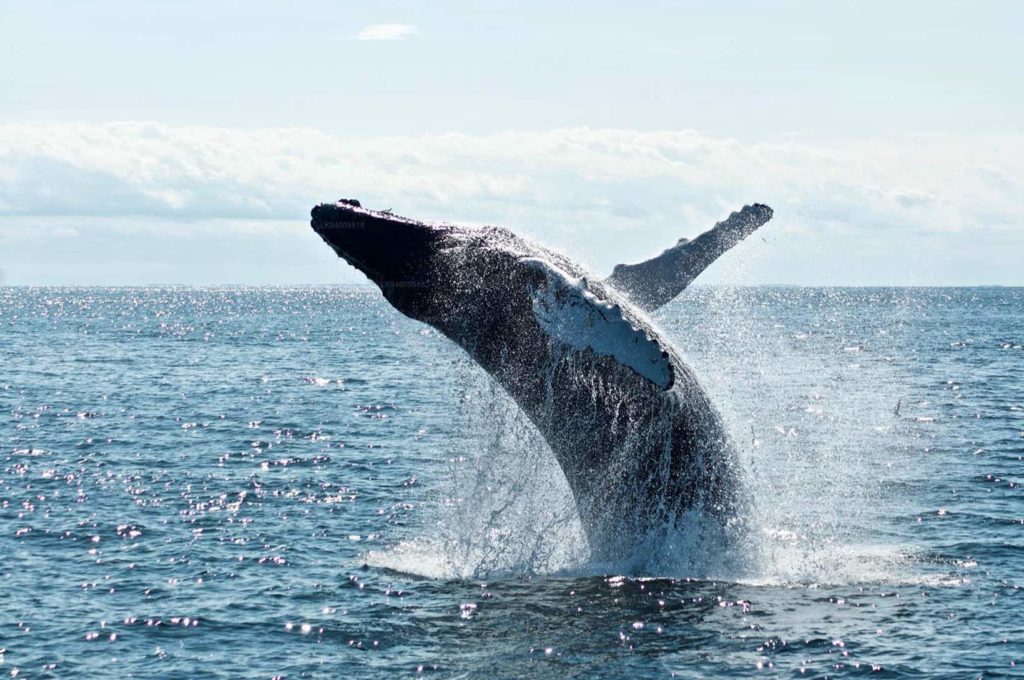
Today, most of the hotels and guesthouses located in Kalpitiya organize whale watching tours. Boats with passengers go out into the ocean at dawn, tour duration is several hours.
It is best to come to Kalpitiya during the season when the ocean is calm – from November to March / April.
Whale Safari in the East of Sri Lanka
The east of Sri Lanka is calm, you will not be overtaken by the bustle of the city like in Colombo. It’s an area of soft sand, long beach lines, also here is another national park of Sri Lanka – Lahugala Kitulana. If you are fond of surfing, then make sure to visit Arugam Bay with its high waves.
Whale Watching in Trincomalee
Trincomalee can be considered a wild place compared to Mirissa and Kalpitiya. But if you head east of Trincomalee (the journey takes about 30 minutes), you can watch blue whales. If you are seasick from boat trips, then you can watch whales in Sri Lanka even from land. To do this, you need to climb Swami rock. It’s a great place to see whales swimming along the coast, raising their huge tails above the surface and then hiding in the depths of the sea.
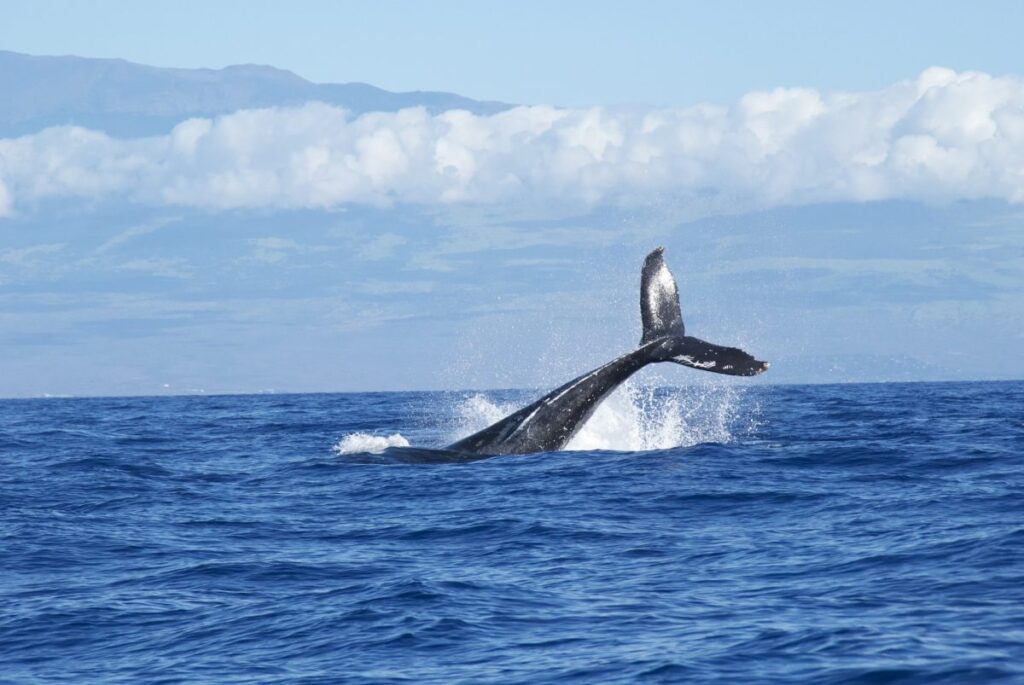
Near the small village of Nilaveli there is Pigeon Island National Park, which is home to coral reefs and a large number of fish. You can enjoy snorkeling there, as well as swimming with turtles, and maybe whales.
You can enjoy whale watching in Sri Lanka in Trincomalee from March / April to August / September.
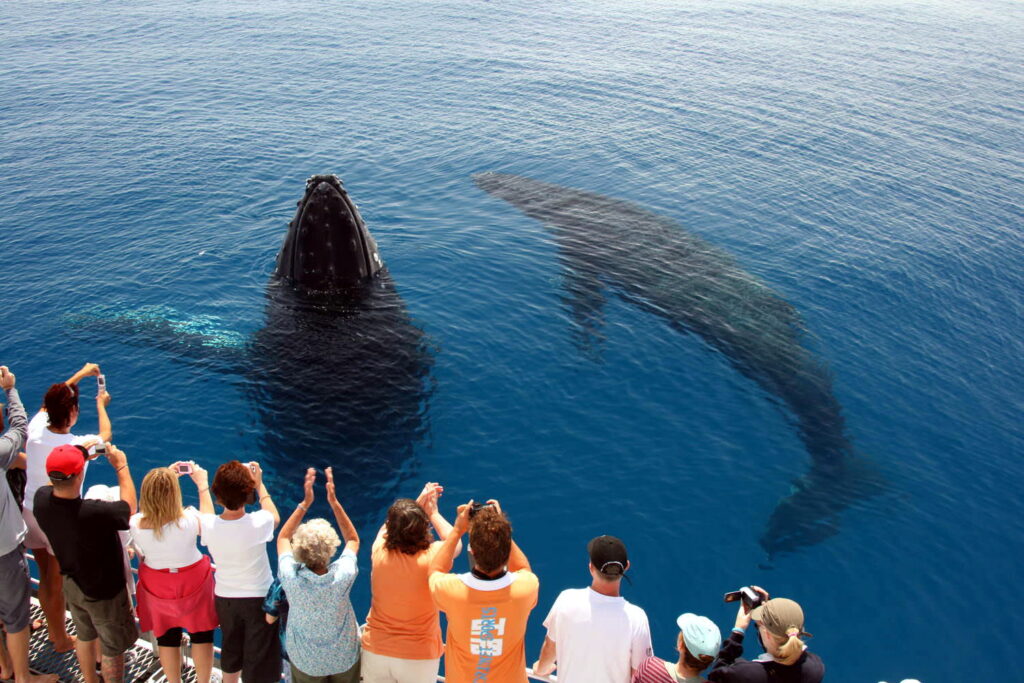
Whale Watching Day Tours
Sri Lanka whale watching day tour price varies depending on the city and company. On average, it costs 2 to 8 thousand rupees. Service quality doesn’t differ a lot.
Tour price includes a boat trip to the open ocean and back + a snack during the trip. Whale safari usually lasts from three to eight hours. If you want to dive from a boat with a mask, you will have to pay extra from 150 to 500 rupees.
Tours start early, around 6-8 am. There are also tours during lunchtime, but the chances to meet whales at this time are much less.
We’ve collected TOP 3 whale watching day tours from Get Your Guide booking service, so you can choose the best option and make your booking by clicking one of the links below:
Morning Whale Watching Tour from Mirissa – 53 USD/ per person
Mirissa Whale Watching Tour with Breakfast from Tangalle – 200 USD/ per person
2 Days Sri Lanka Tour with Whale Watching – 270 USD/ per person
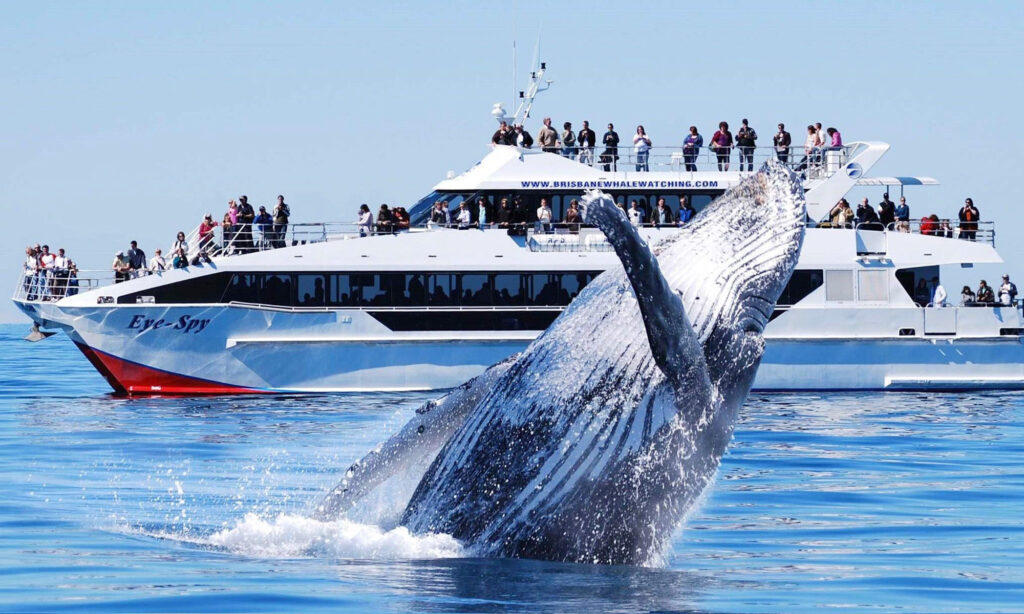
Whale migration season in Sri Lanka
The whale watching season differs from city to city in Sri Lanka:
- Batticaloa and Trincomalee – from May to late summer;
- Kalpitiya and Mirissa – from mid-autumn (November) to mid-spring (April).
At this time, the whales migrate. Their path runs from Africa to India through Sri Lanka. During this period, sea giants swim no further than ten kilometers from the coast.
Whale Species Spotted in Sri Lanka
In the coastal waters of Sri Lanka, you can find the following whale species: blue whale, sperm whale, humpback whales, Bryde’s whales.
The blue whale, reaching 30 meters in length, weighs up to 200 tons. As the largest creature on earth, the blue whale swims to the shores of Sri Lanka to feed on krill.
Sperm whales are easily recognizable by their loud noise. They use a variety of sounds to communicate with their kin.
The most plastic whales are humpback whales, which love to jump out of the water up to 15 meters in height. They migrate annually between warm tropical waters and cold polar waters.
Bryde’s Whale is a representative of baleen whales that live in warm tropical waters. These creatures weigh up to 40 tons.
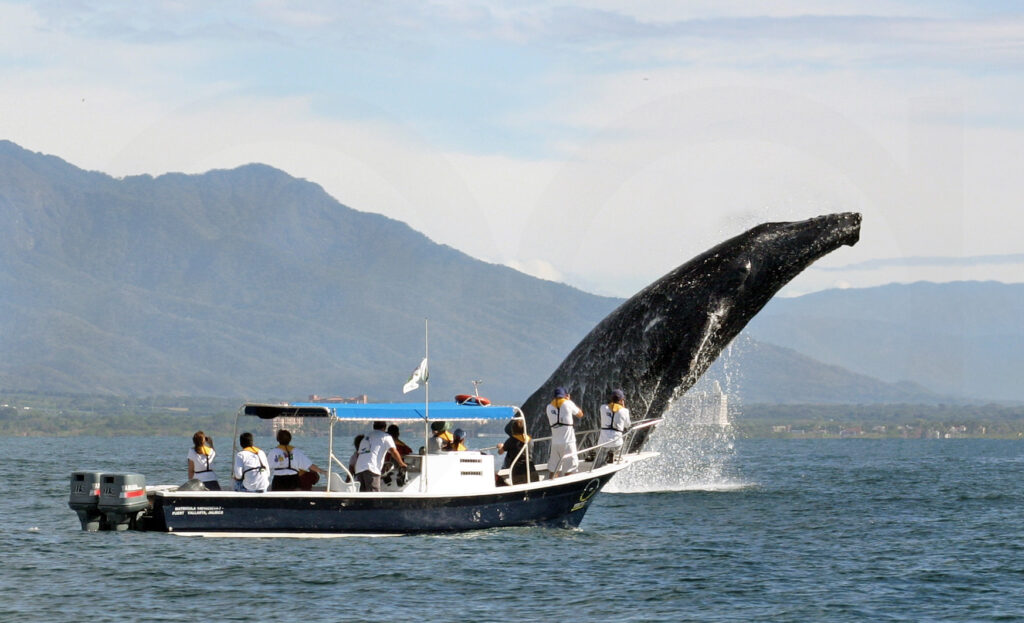
Things to know before go for whale watching
Since boats with tourists go out into the ocean early in the morning and spend up to five hours in the open sea, it will not be superfluous to go to bed early on the eve before the trip.
Motion sickness can ruin the whole experience of a trip. Prepare ahead of time, buy pills, and don’t forget to bring bags with you, just in case.
Boats are not allowed to swim too close to whales. If you want to get a better look at them, consider bringing good binoculars with you.
It is forbidden to use food, make noise or try to attract the attention of whales in any ways. Swimming with whales is permitted only with the consent of the ship’s captain.
